main navigation start
Toggle navigation
main content start
Search Filters
Sharex Sites List
Language
Topics
Topics
- Adolescents (13)
- Breastfeeding (4)
- Cash Transfer (1)
- Child and youth participation (4)
- (-) Child Health (32)
- Child marriage (1)
- Child Poverty (1)
- Child Protection (1)
- Children in alternative care (1)
- Child Rights (4)
- Climate, Energy and Environment (1)
- Community engagement (4)
- COVID-19 (3)
- Data/Evidence (3)
- Early Childhood Development (9)
- Gender (6)
- Gender Based Violence (1)
- Infant and Young Child Nutrition (12)
- Knowledge Exchange and Sharing (4)
- Knowledge Management (3)
- Maternal Health (25)
- Mental Health (1)
- Newborn Health (13)
- Nutrition (90)
- Partnerships (2)
- Social Behaviour Change (8)
- Social Policy (4)
- Social Protection (3)
- Social service workforce (1)
- Sustainable Development Goals (2)
- Technology for Development (1)
- UNICEF Programming (26)
- Urban (1)
- Water. Sanitation and Hygiene (1)
Resource Type
Document Type
- Academic journal articles (including pre-print submissions) (7)
- Agreements (0)
- Case studies, lessons learned, field notes (2)
- Corporate reporting (0)
- Data set (0)
- Evaluations (0)
- Forms and templates (0)
- Guidelines/SOPs/checklists (0)
- Human Interest Stories (3)
- Major publication (flagship, advocacy etc.) (0)
- Meeting documents and reports (0)
- Mobile Application (0)
- Monitoring reports (0)
- Newsletters (9)
- None (0)
- Online learning/e-learning course (0)
- Other technical publications and reports (2)
- Policy brief/briefing notes/fact sheets/FAQs (0)
- Posters, brochures, pamphlets, flyers (0)
- Presentation (0)
- Research report (3)
- Situation analyses (0)
- Situation reports (0)
- Speeches and Statements (0)
- Staff working paper/discussion paper (1)
- Strategies and Frameworks (0)
- Systematic reviews, knowledge mappings, evidence synthesis (0)
- Technical note (4)
- Toolkit/Toolbox (0)
- Training materials (0)
- Video (1)
Country
Published Date Range

Newsletters
Home to a quarter of the global population, South Asia is navigating issues such as poverty, malnutrition, unsustainable food production systems and adverse effects of climate change. Despite these ch...

Newsletters
According to a scientific study published in The Lancet, poor diets are responsible for more deaths globally than tobacco, high blood pressure, or any other health risk.
The past few decades have s...
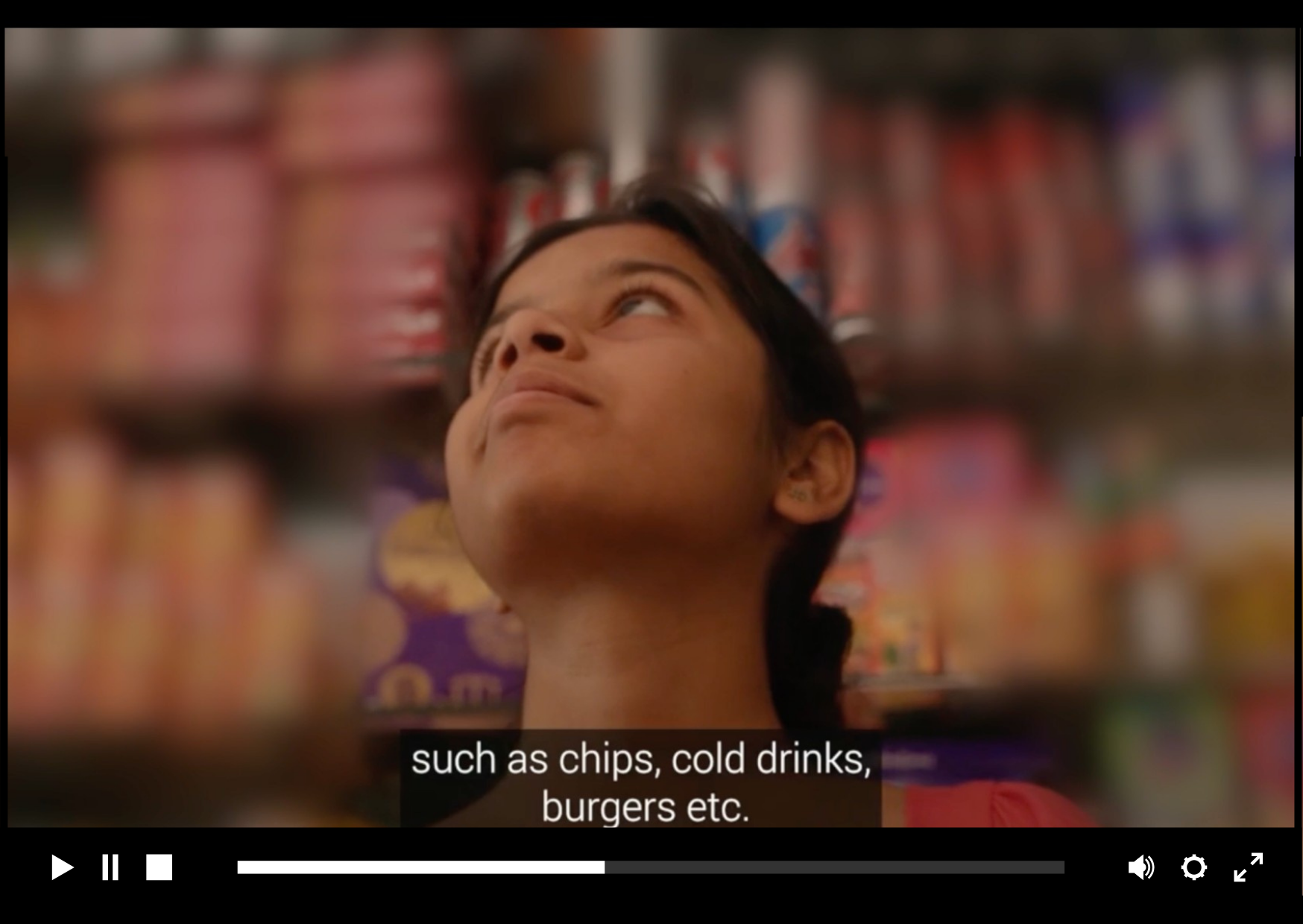
Video
In the backdrop of the changing food landscape amongst the Indian population; the video above offers insight and perspective from adolescents and their parents on navigating their own changing palette...
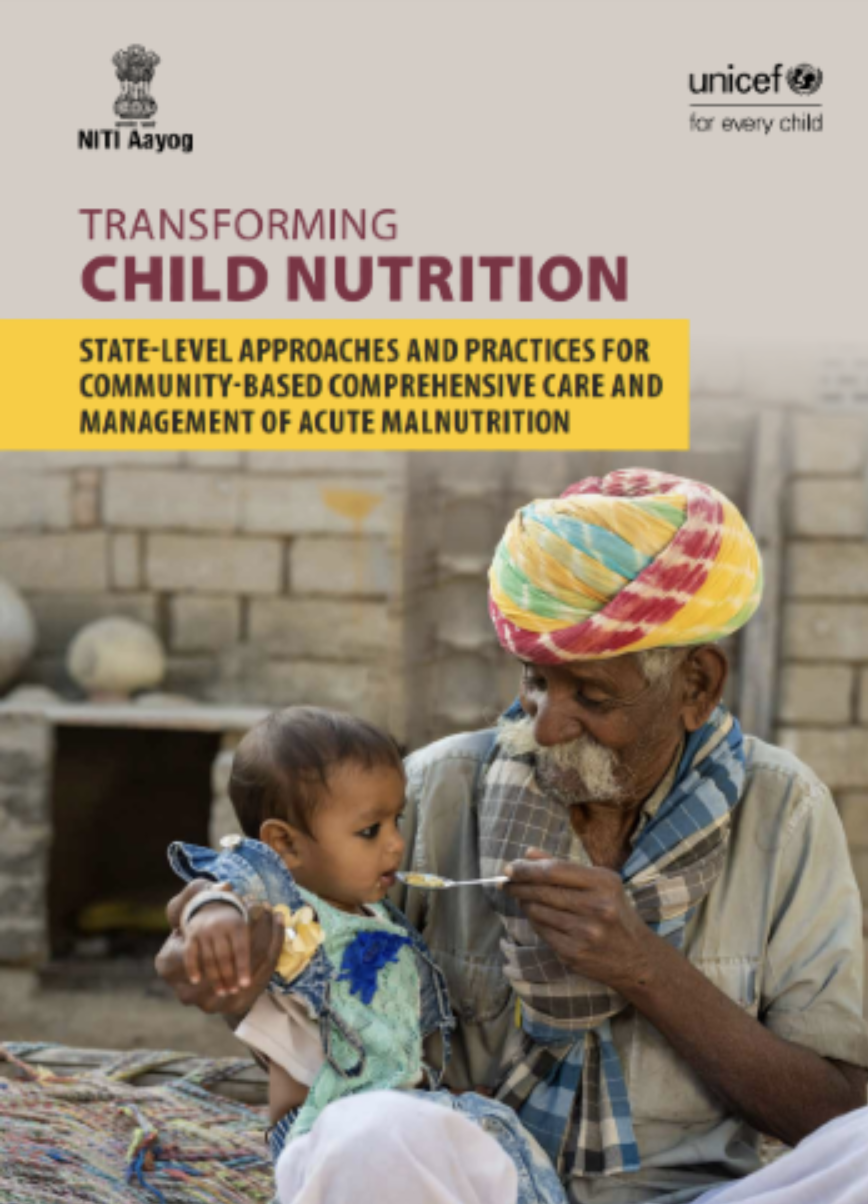
Newsletters
Adequate nutrition and care during early childhood is essential towards ensuring that every child grows and develops holistically. Therefore, it becomes critical to strengthen the coverage, continuity...
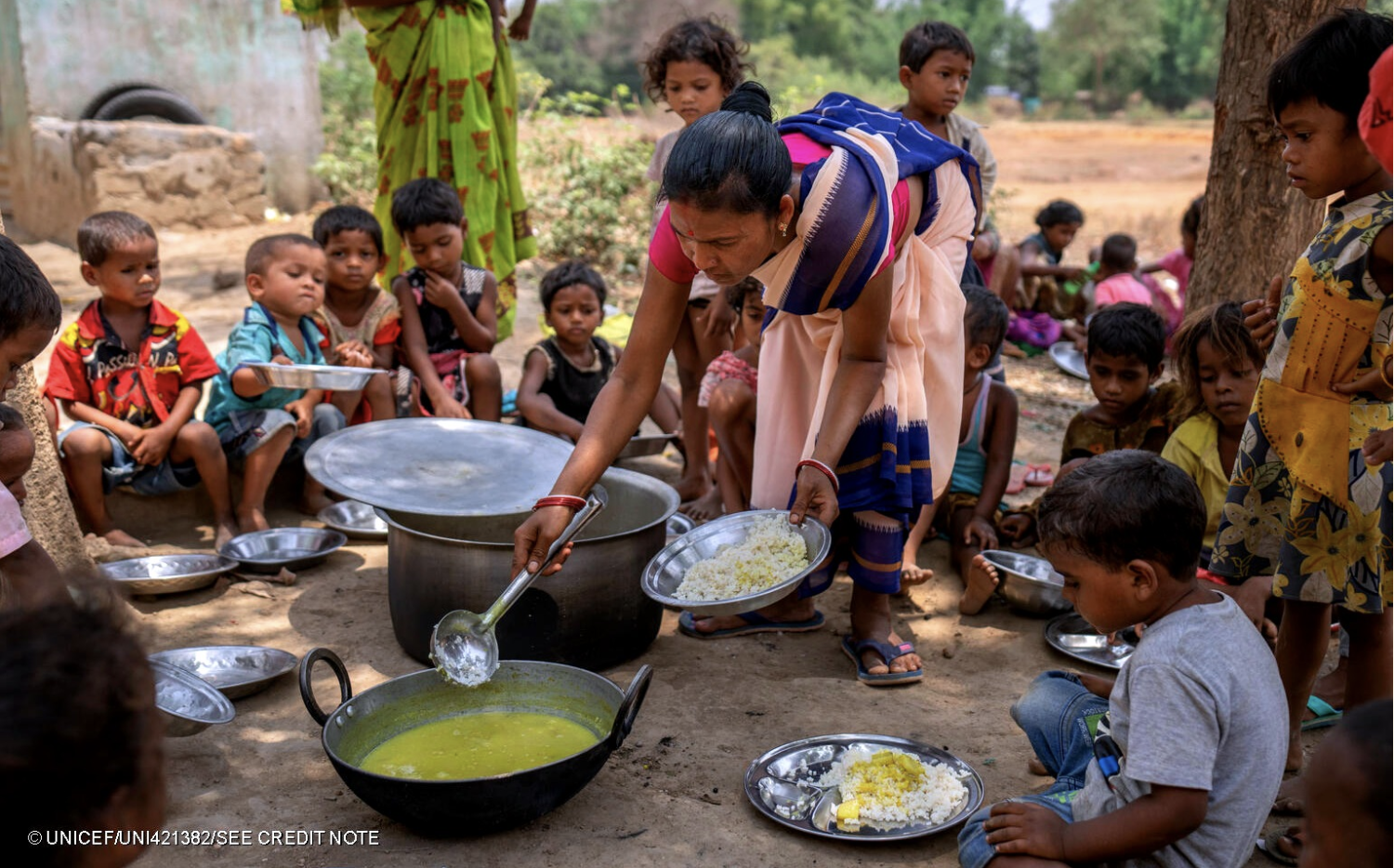
Newsletters
Fortification is one of the globally recognized, safe and cost-effective approaches to address vitamin, mineral and nutrient deficiencies amongst populations. The process of fortification involves del...
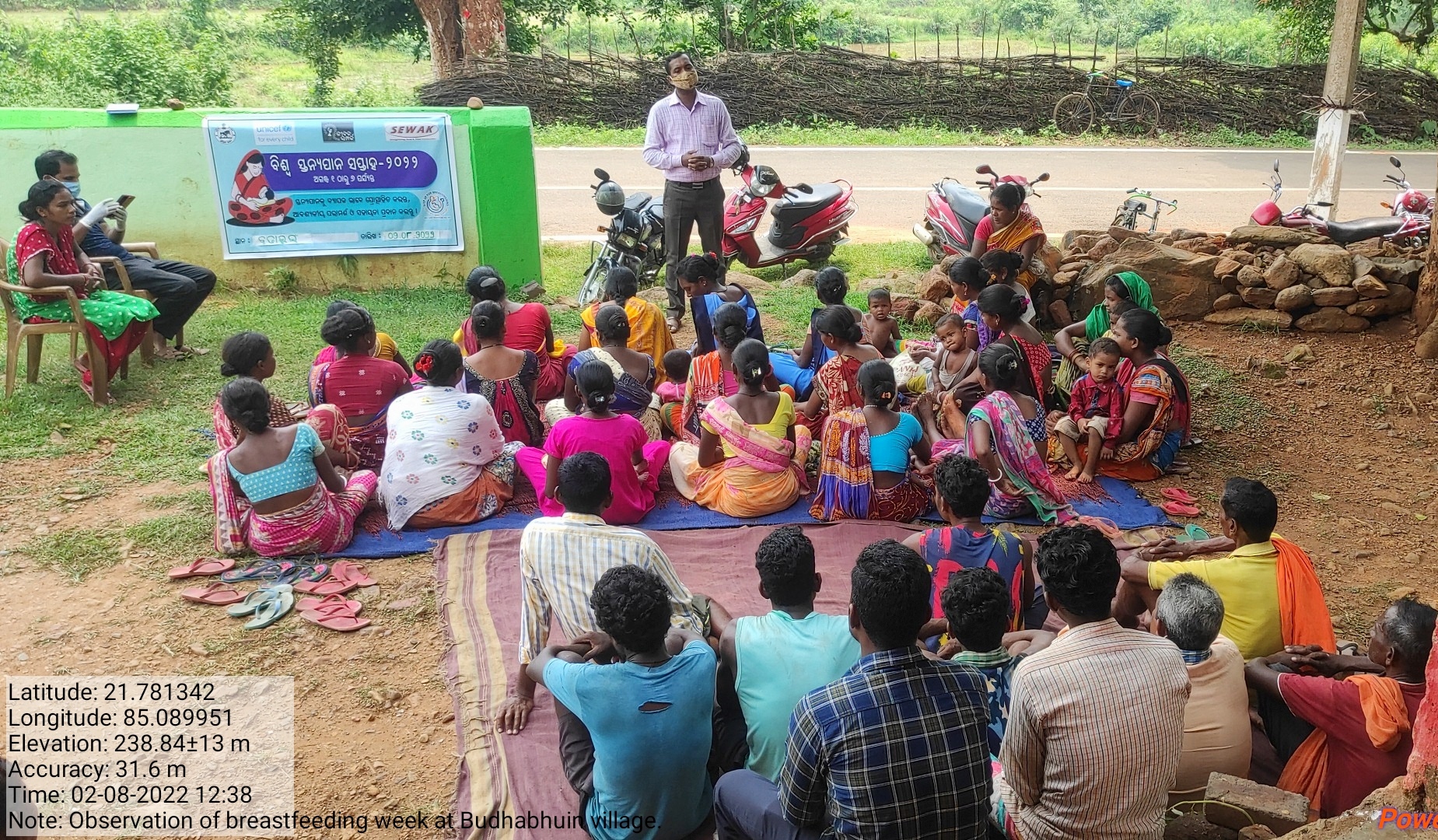
Human Interest Stories
As a warm breeze rustles the bamboo stalks outside her hut, Rekha sits inside and lovingly holds her new-born daughter close, to feed her. Recalling the instructions given by her village’s ASHA just t...
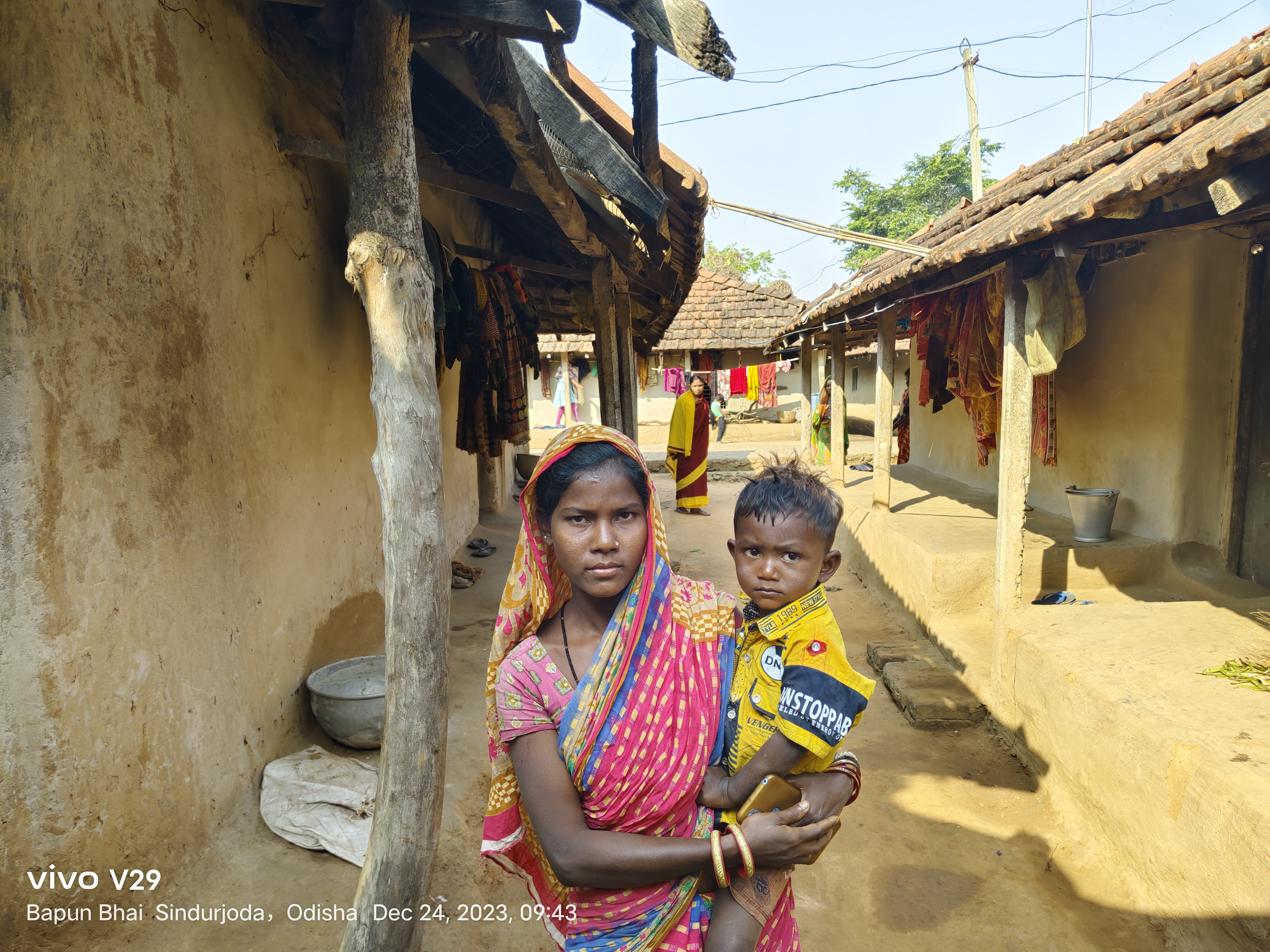
Human Interest Stories
For 22-year-old Binata Mallik, mother of four young children, providing adequate care and nutrition for her children and taking care of her own nutritional needs, has been an uphill battle. Married as...
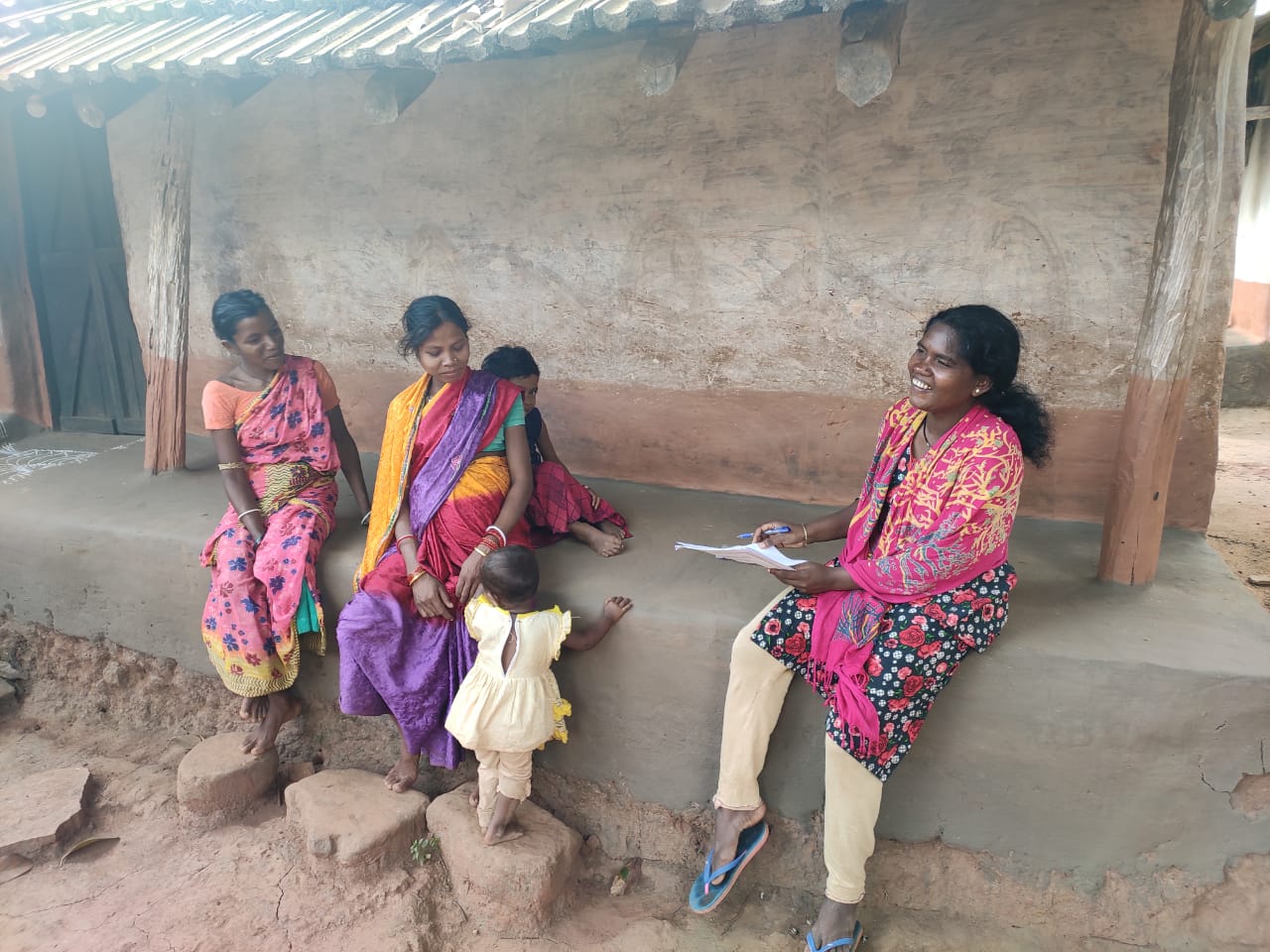
Human Interest Stories
Sumitra Juanga, at the tender age of sixteen, holds wisdom, strength and resolve in her spirit that is way beyond her years. She is the reason why many women and adolescent girls in her village of Tal...
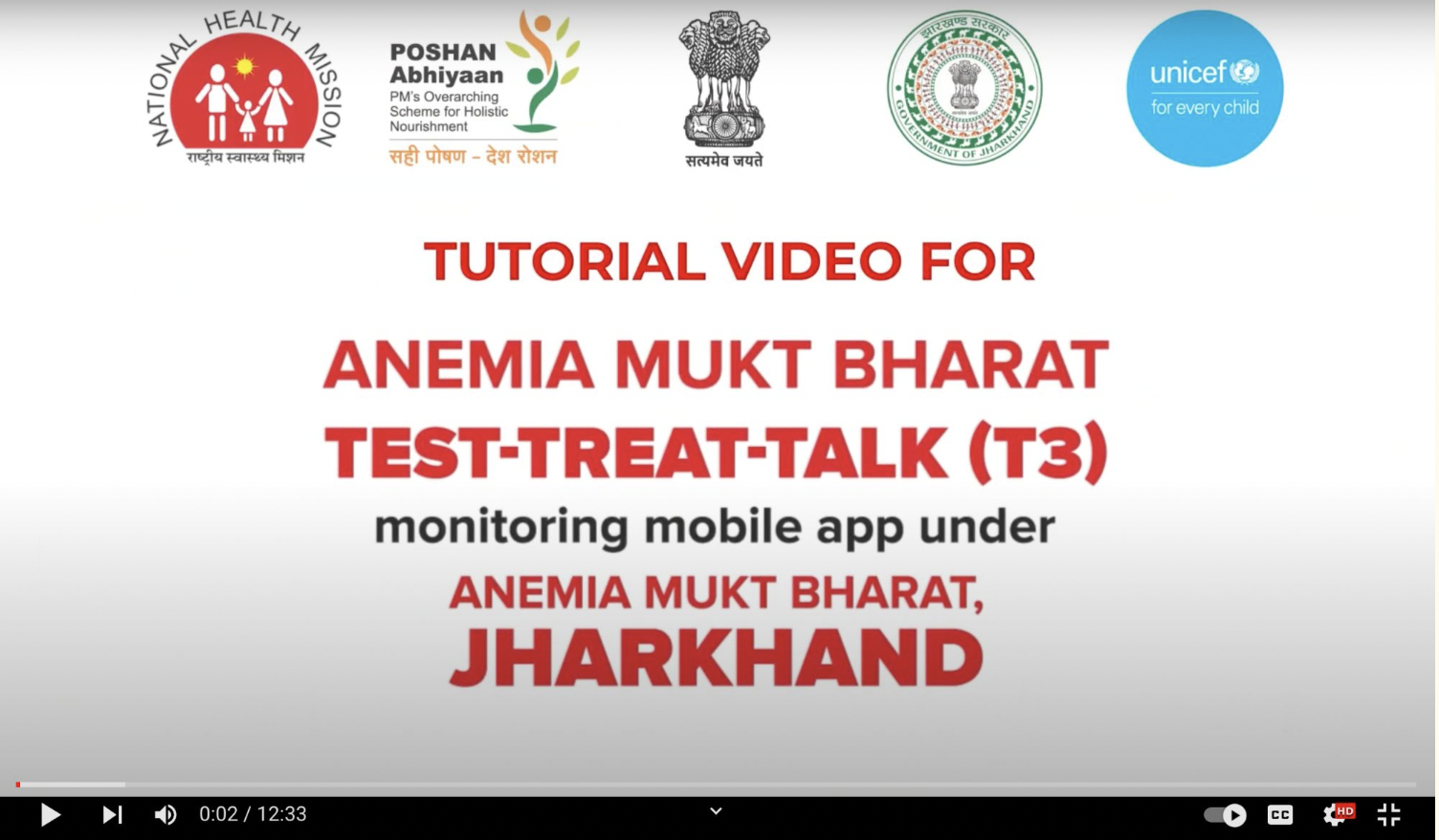
Newsletters
Digital technologies have advanced more rapidly than any innovation in human history – a moment of change which presents new opportunities to solve problems. Reaching around 50 per cent of the develop...

